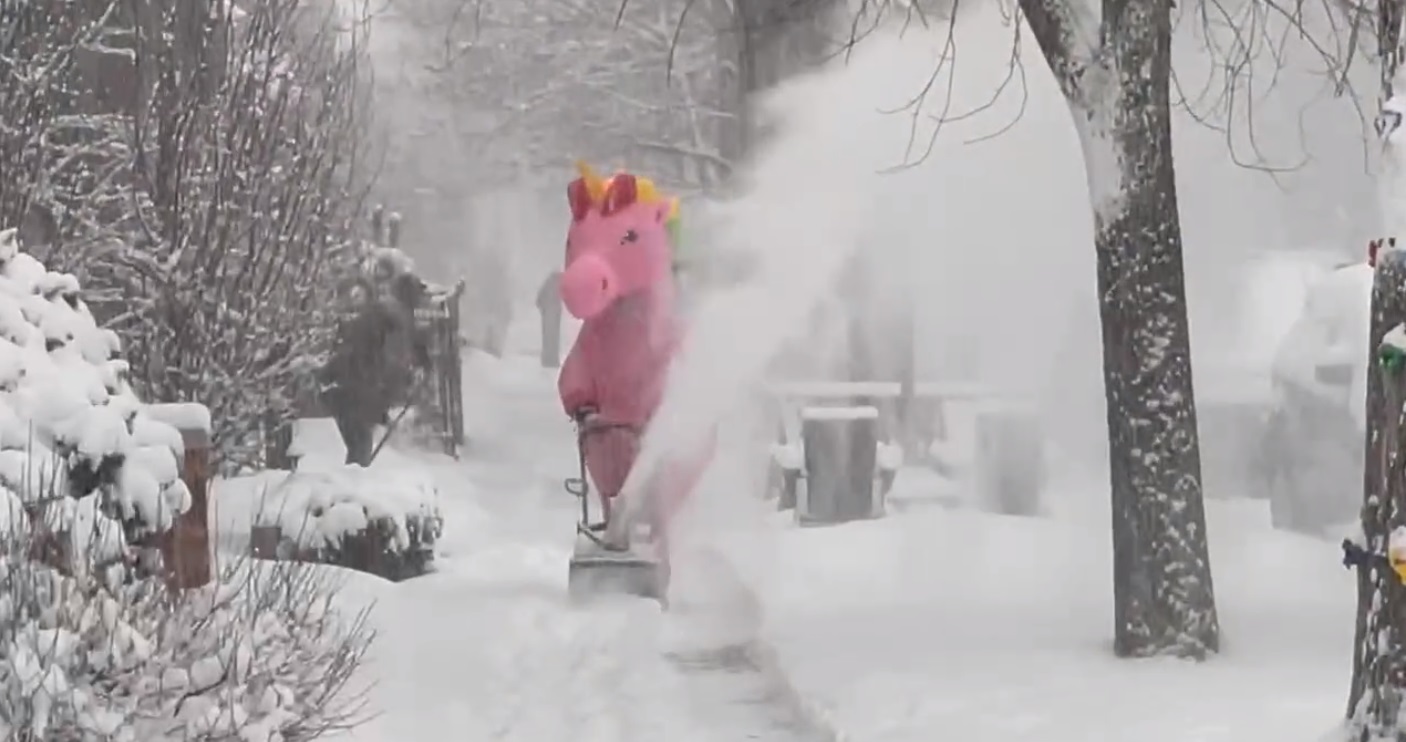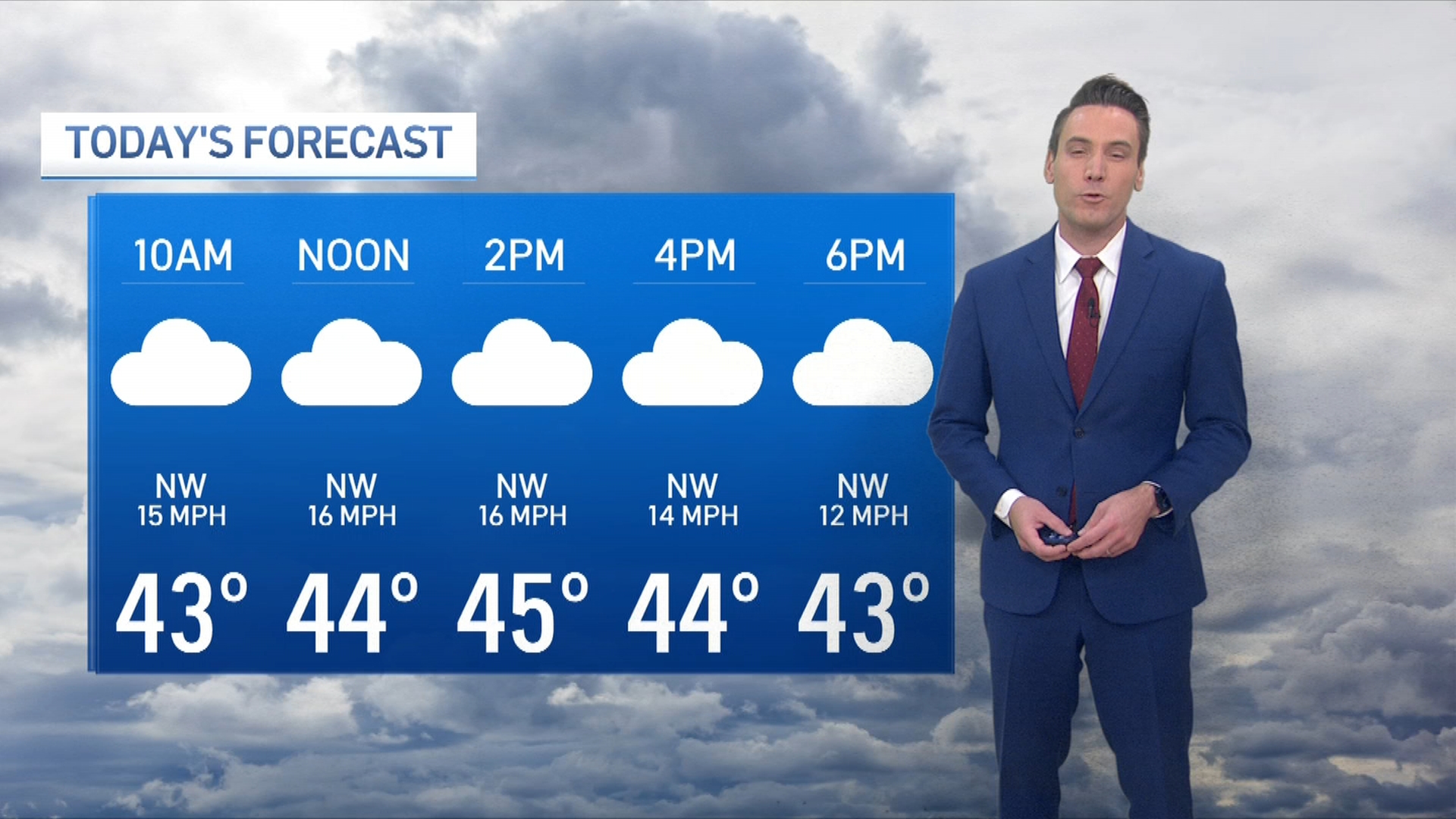The National Weather Service has released an updated winter outlook for December through February.
According to the Climate Prediction Center, La Niña is still expected to develop and last through winter, but it’s likely going to be a “weak” La Niña pattern, according to the recent projections.
A La Niña winter is when the water temperatures in the Pacific Ocean off the west coast of South America are cooler than average.
The sea surface temperature near the equator plays a large factor in the placement of the jet stream over North America. The jet stream develops and steers storm systems across North America. So if the jet stream is over northern Illinois through much of winter, it increases the chances of more winter storms and arctic outbreaks.

A weak La Niña doesn’t provide much confidence in a long-range forecast, but it still increases the odds of a wetter winter with more numerous storm systems moving across the Great Lakes region.
Temperatures are more difficult to predict, however.

In La Niña winters since 1996, five were colder than normal, six were warmer than normal, and three were near normal for Chicago.

Feeling out of the loop? We'll catch you up on the Chicago news you need to know. Sign up for the weekly Chicago Catch-Up newsletter.
With that in mind, winter 2024-25 is expected to be wetter than average, but has an equal chance of being above or below those average temperatures.
Weather
Even though the temperatures could go either way, it’s likely not going to be as mild as the past few winters have been in Chicago. The average snowfall is 38.4 inches, but Chicago only had around 20 inches the past two years.
The last time the city had above-average snow was 48.8 inches in winter 2020-21.



